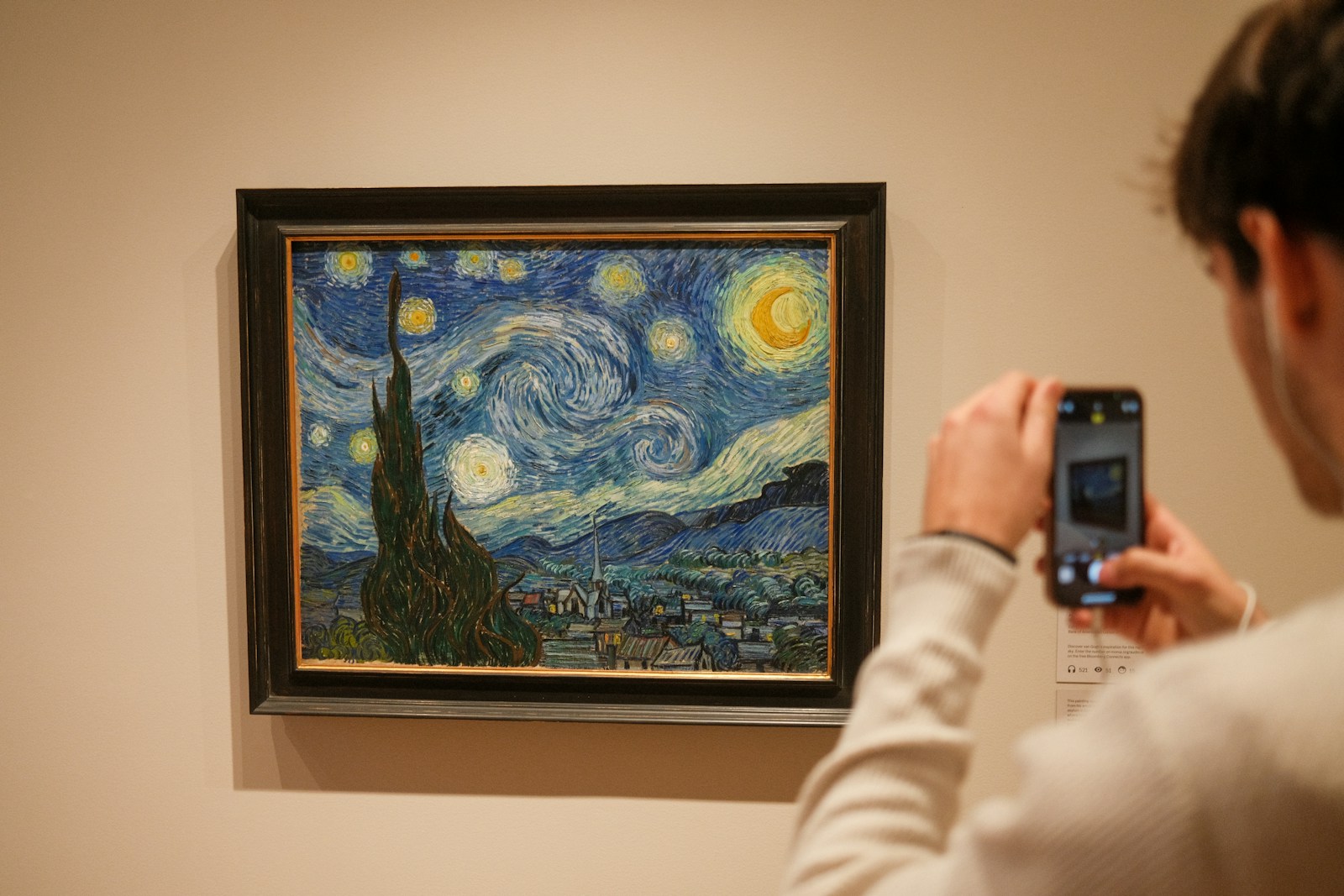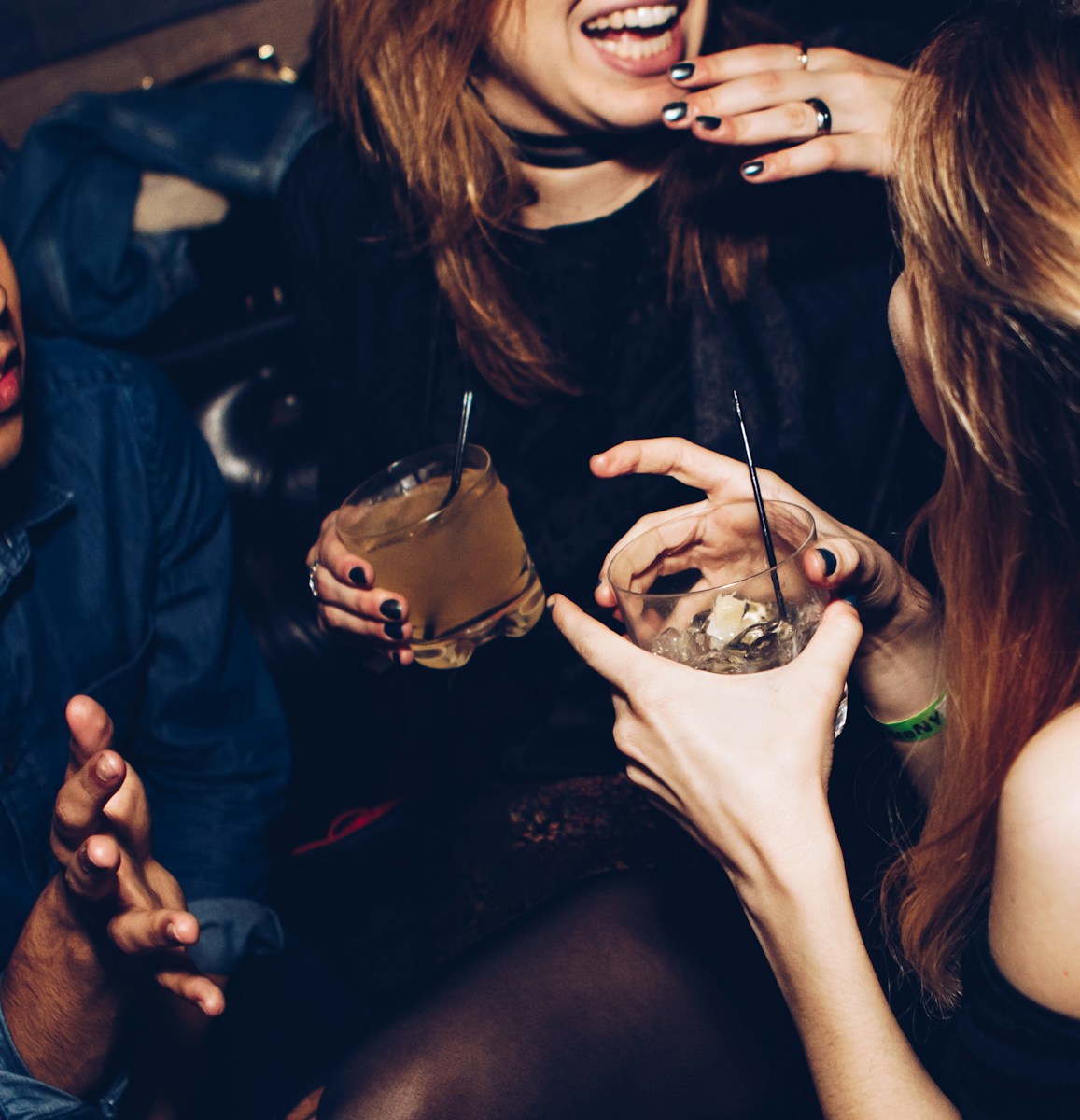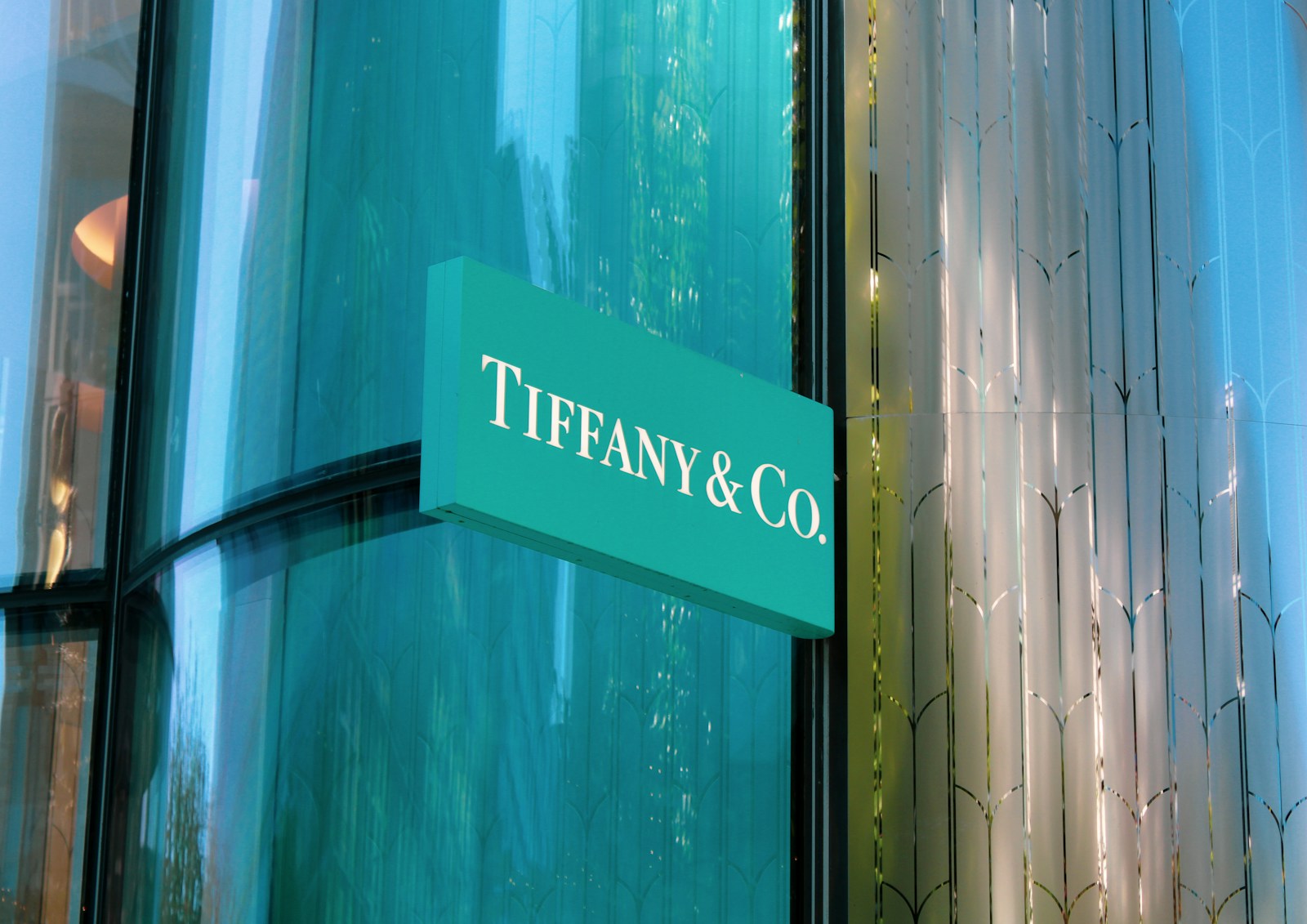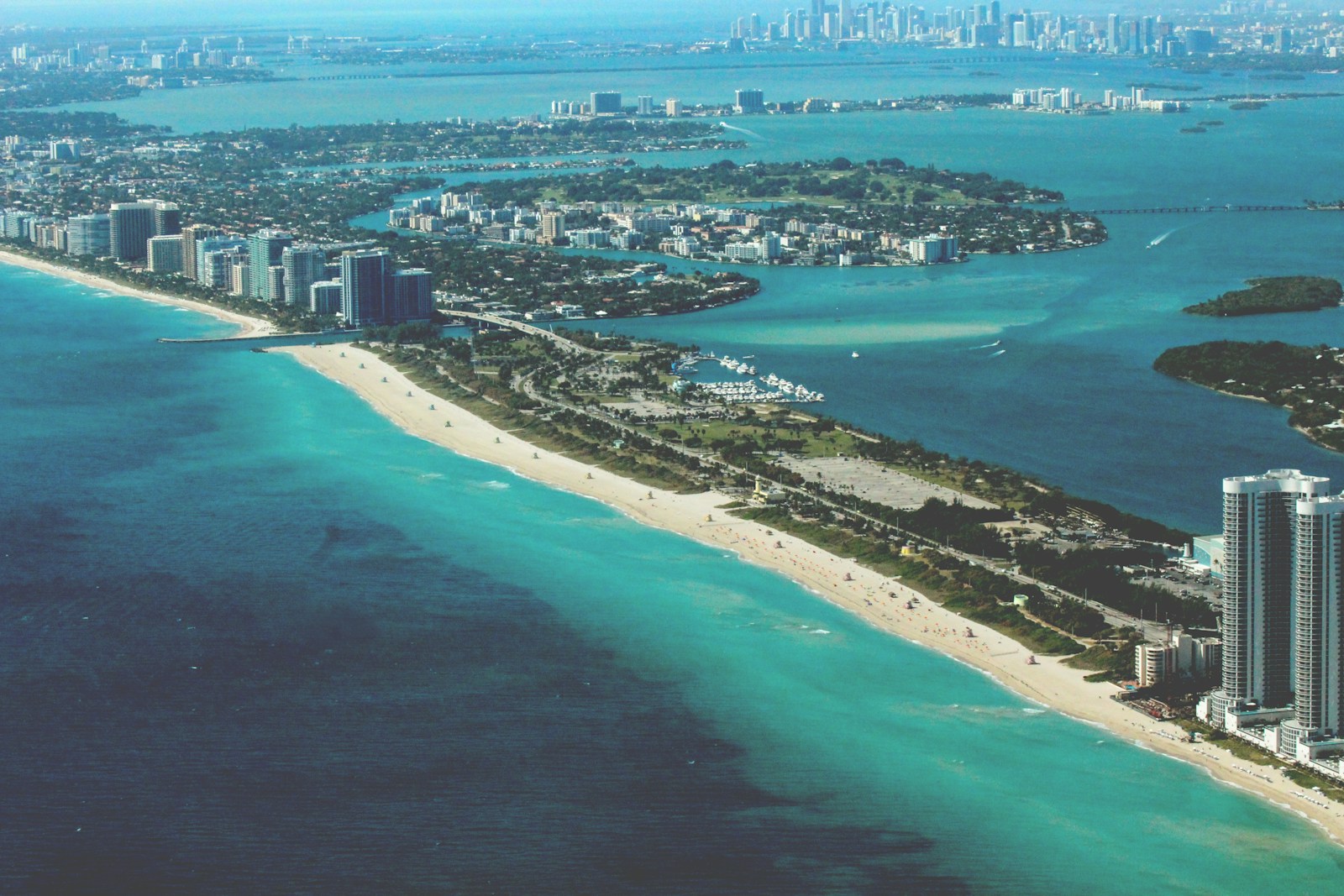
Introduction
In recent weeks, a wave of anti-Israel sentiment has swept through the art galleries of New York City. Graffiti adorned with anti-Israel messages and splattered with red paint, symbolizing blood, has appeared on the walls of numerous galleries across the city. This disturbing trend raises questions about how gallery owners should respond to these acts of vandalism. While some choose to keep the attacks under wraps, others decry the incidents as rank antisemitism. This article delves into the details of these attacks, the divisive opinions within the art community, and the implications they hold for freedom of expression and the art world as a whole.
The Vandalized Galleries
The targeted galleries span a wide range, from small hipster operations on the Lower East Side to grand institutions on Fifth Avenue. Among the affected galleries is the prestigious Pace Gallery, which had to temporarily close its doors to remove the graffiti. The vandalism at Pace was attributed to its representation of Israeli artist Michal Rovner, whose work “Signals” calls for the return of hostages taken by Hamas during a series of attacks. Other galleries, such as Lévy Gorvy Dayan and Neue Galerie, have also fallen victim to these acts of vandalism. The motives behind the attacks vary, with some directly tied to Middle Eastern politics, while others seem to be indiscriminate in their selection of targets.
The Controversial Response
Gallery owners find themselves at odds when deciding how to respond to these acts of vandalism. Some opt to keep the attacks secret, believing that publicizing them would only lend credibility to the vandals. Others argue that it would be hypocritical as artists to repress expression, even if it takes the form of hate-fueled graffiti. The art community remains divided on whether to dismiss the perpetrators as a nuisance or denounce their actions as antisemitic. These differing viewpoints reflect the broader debate over the limits of freedom of expression within the art world.
Freedom of Expression vs. Antisemitism
The attacks on these galleries raise important questions about the boundaries of freedom of expression. While freedom of speech is a fundamental right, it becomes contentious when it infringes upon the rights and safety of others. The graffiti and messages targeting Israeli artists and galleries can be seen as a form of antisemitism, as they perpetuate harmful stereotypes and promote hostility towards a specific group. Balancing the principles of expression and the need to combat hate speech is a complex task that requires careful consideration.
The Historical Context
Some art world insiders draw parallels between the current wave of anti-Israel graffiti and the marking of Jewish businesses in Germany before the Holocaust. They argue that these acts of vandalism, carried out with pride and a perceived sense of greater good, are reminiscent of a dark period in history. The comparison serves as a stark reminder of the dangers of unchecked hatred and discrimination. While the severity of the current situation cannot be equated to the Holocaust, the echoes of history should not be ignored.
Gallery Owners’ Dilemma
Gallery owners face a difficult decision in how to respond to these acts of vandalism. On one hand, they must prioritize the safety of their staff and visitors, as well as maintain a respectful and inclusive workplace. On the other hand, they must consider their role as supporters of artistic expression and the values of free speech. Some gallery owners argue that by publicizing the attacks, they inadvertently give the vandals the attention they seek. Others believe that silence would be tantamount to condoning the acts of vandalism. This internal struggle highlights the complexities of navigating these troubling times.
Unity Amongst the Galleries
Despite their differences in response, the targeted galleries have found solidarity in the face of adversity. They have come together to support one another in cleaning up the graffiti and addressing the aftermath of the attacks. This collective effort demonstrates the resilience of the art community and its commitment to standing against hate and division.
The Role of Social Media
Social media has played a significant role in both the perpetration and response to these acts of vandalism. Vandals have used platforms like Instagram to share their messages and claim responsibility for their actions. Simultaneously, gallery owners and supporters have used social media to raise awareness about the attacks and express their solidarity with the affected galleries. The internet’s ability to amplify both hate and unity is a testament to its power in shaping public discourse.
The Impact on the Art World
The attacks on these galleries have broader implications for the art world as a whole. They highlight the challenges faced by artists and gallery owners in balancing artistic freedom with the need to combat hate speech. The incidents also raise questions about the role of galleries in representing artists with diverse perspectives and the responsibility they hold in fostering a safe and inclusive environment. The repercussions of these attacks may extend far beyond the affected galleries, shaping the future of artistic expression and discourse.









